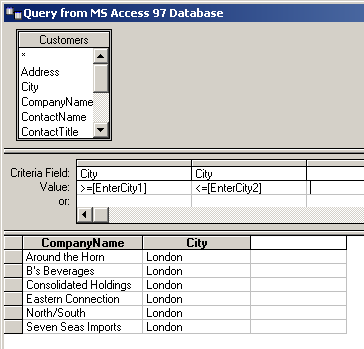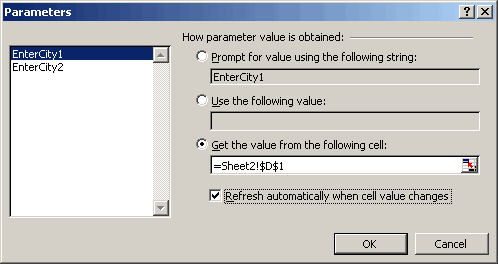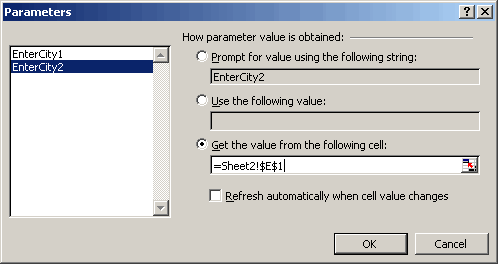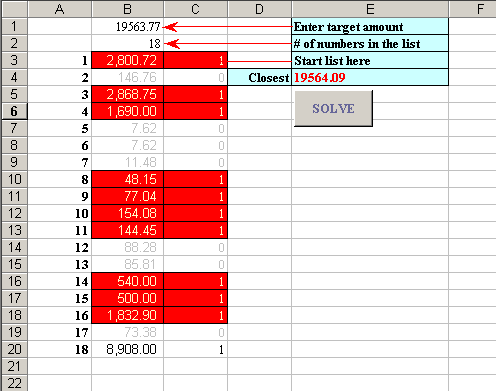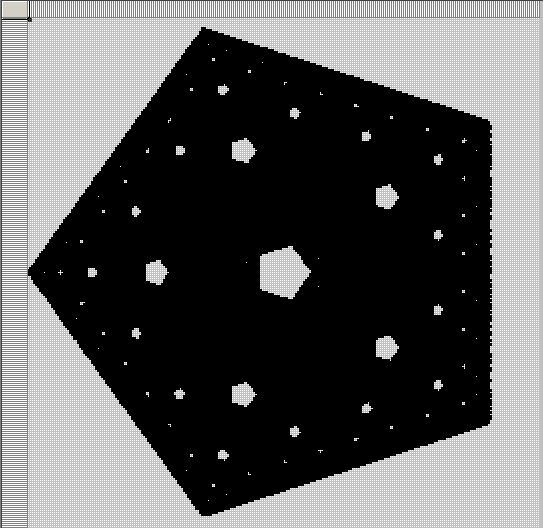That was pretty easy. We changed the name servers, ran a couple of SQL INSERT statements and all the information seems to be here and properly linked up. I’ve got a couple of issues remaining, like the VBA syntax highliter, but they are minor. All-in-all, I’m extremely happy to be at longhead.com and this move really couldn’t have gone any better. So far, that is. There may be some links here and there that point to the old domain. I wasn’t really as careful as I should have been when linking images and other stuff.
iGSyntax Hiliter has a new version which I installed to try it out. I have a problem with it. I’ve made so many modifications to the code of the old version that it would take me too long to fix up the new code to be the same way. I could just accept the defaults, but I find the color choices and the use of scroll bars on the code boxes irritating, at best. So I’m trying to install the old version until I have time to mess with the new code and get it the way I like it. Until I get the old version installed on the new server, VBA code will be in plain text. Not pretty, but it will probably be easier to copy. ![]()
